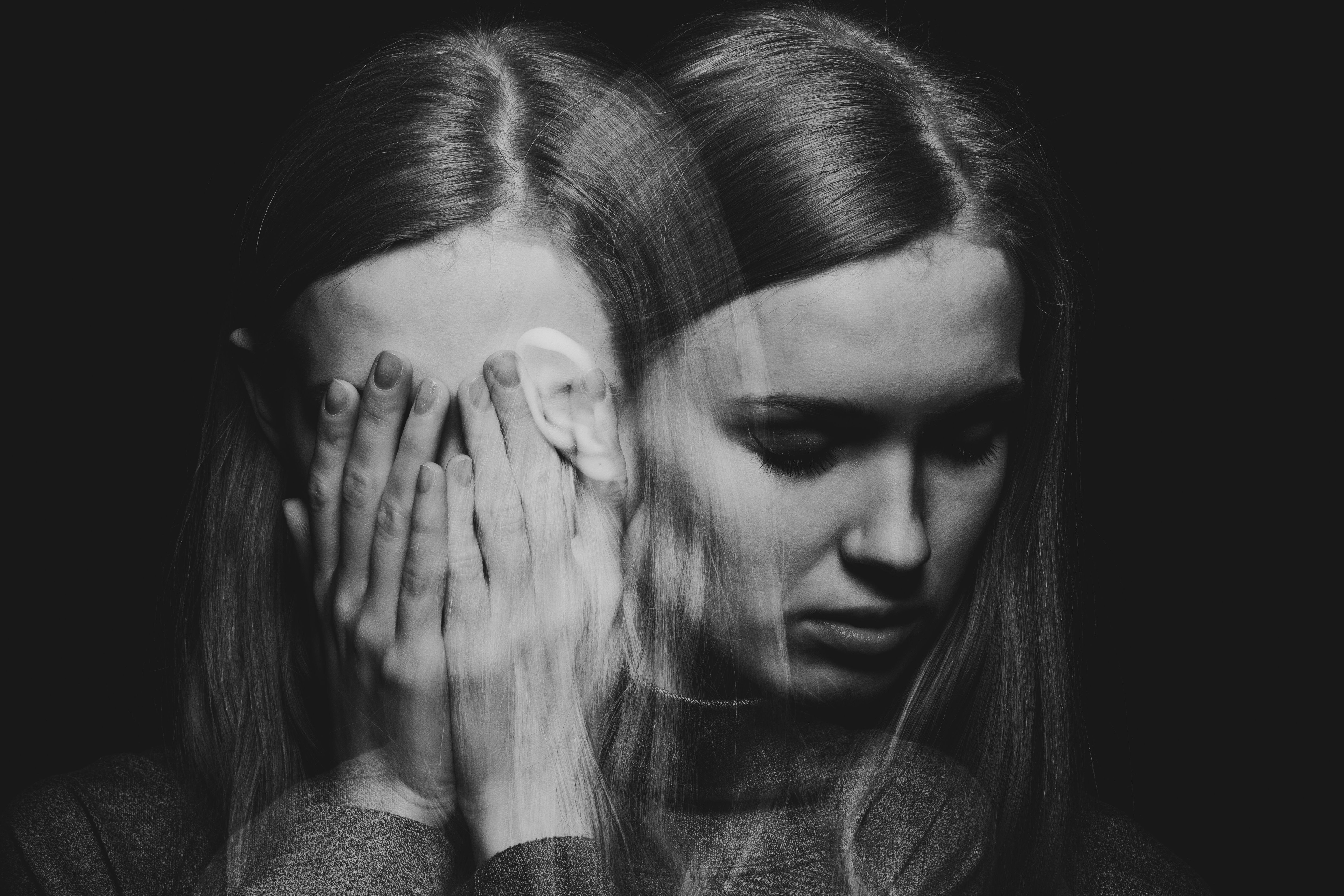The importance of recognising Charles Bonnet syndrome in children
A case series of 13 young patients with Charles Bonnet syndrome, which is characterised by visual hallucinations in individuals who are experiencing sight loss, showed that the patients all had inherited retinal diseases or congenital eye disorders but there was no link with visual dysfunction.

Charles Bonnet syndrome (CBS) is characterised by visual hallucinations in individuals who are experiencing sight loss, with no psychiatric or cognitive basis. It was first described by Swiss philosopher Charles Bonnet in 1760, whose father was troubled by these symptoms after losing his sight.
Since then it has been mostly associated with the elderly, reflecting the mean age at which common underlying conditions, such as age-related macular degeneration, diabetic retinopathy and glaucoma, occur. It has an estimated prevalence of between 11–15% of adults accompanying any form of visual impairment. However, CBS can affect individuals of any age including children, and so having an awareness will improve detection and management of symptoms.
Case series
In a recent publication in the British Journal of Ophthalmology, we identified the largest series of 13 paediatric and young adult patients from electronic patient records over a 9-year period presenting to Moorfields Eye Hospital NHS Foundation Trust in London.1 Nearly 70% were male and the median age of onset was 11 (range 9–19) years old. Most patients had significantly reduced vision at onset, with best corrected visual acuity in the better eye being 0.81 LogMAR.
It may be possible to identify the at-risk cohort, as over 60% of patients were diagnosed with an inherited retinal disease (IRD). The most prevalent cause was Stargardt disease, which is the commonest childhood macular dystrophy. Other IRDs included Usher syndrome, Batten disease and Leber congenital amaurosis.
The remaining cases were affected with congenital eye disorders, including microphthalmia and ocular coloboma, or optic nerve pathology, such as bilateral optic atrophy secondary to spontaneous intracranial haemorrhage and a hereditary optic neuropathy. There was no clear correlation between visual dysfunction (e.g., loss of central vision versus peripheral visual field loss) and CBS, hence there should be no visual acuity or functionality threshold before physicians advise or enquire about CBS symptoms.
In the published case series, clinicians-in-training were the most frequent reporting healthcare professional, followed by optometrists, then consultant-grade. Children presenting with these developmental eye disorders are likely to be managed in tertiary referral centres within specialist services, and so we need to raise professional awareness amongst ophthalmologists and allied health care professionals, including orthoptists and optometrists (especially those specialising in low vision services) of the importance of informing families about CBS as well as encourage them to enquire about symptoms.
Management and cause
The visual hallucinations may not necessarily manifest in the initial stages of the disease but could trigger during the active sight loss phase. Hence, forewarning patients and families with information on CBS and hallucinatory experiences, including strategies for symptom management and sources of emotional support, may reduce the psychological impact if they do develop symptoms.
The cause of these visual hallucinations is still unknown; current thinking suggests that reduced visual input due to systemic or retinal dysfunction results in spontaneous hyperexcitability and disinhibition of the visual cortex, resulting in these experiences. The spectrum of visual hallucinations ranges from simple geometric patterns and landscape scenes to more complex images with small figures or people, objects and distorted faces. The majority of children reported simple hallucinations, but two had more complex hallucinations and in a significant proportion it affected their personal lives including education, diet and sleep.
It has previously been suggested that children believe their hallucinations to be real, hence they are more susceptible to maladaptive responses such as fear and distress. This contrasts with adults, who do not always feel troubled by their hallucinations, as most individuals are aware that the images they are seeing are not real. Further research on the psychological impact of CBS in paediatric and adolescent patients is warranted.
The clinical management of CBS involves the implementation of simple yet effective psychological coping strategies, including brain shunting exercises such as frequent blinking or rapid eye movements, attempting to touch or brush away hallucinations, moving to brightly lit areas and increasing social interactions2. Families should be linked to local family support services and any patient can access support groups such as Esme’s Umbrella (www.charlesbonnetsyndrome.uk).
Future directions
We know there is consistent under-reporting of symptoms and difficulty with case ascertainment; this is arguably a shortcoming of current paediatric ophthalmology services. The whole multidisciplinary team must raise awareness of CBS with children, and actively ask patients or families about symptoms.
We are now conducting a prospective study to try to ascertain the prevalence of CBS in the paediatric population across the UK with the support of the British and Irish Orthoptic Society and the Thomas Pocklington Trust. Further research into CBS is required in order to gain a deeper understanding of the cause and how best to manage symptoms. Natural history studies into the longevity of visual hallucinations, especially in childhood, will also help when advising parents of the future prognosis.
--
Mariya Moosajee, MBBS, BSc, PhD, FRCOphth
E: m.moosajee@ucl.ac.uk
Prof. Moosajee is professor of molecular ophthalmology at UCL Institute of Ophthalmology, group leader of ocular genomics and therapeutics at The Francis Crick Institute and consultant ophthalmologist specialising in genetic eye disease at Moorfields Eye Hospital and Great Ormond Street Hospital for Children, London, United Kingdom. She has no financial disclosures related to the content of this article.
References
- Jones L, Moosajee M. Visual hallucinations and sight loss in children and young adults: a retrospective case series of Charles Bonnet syndrome. Br J Ophthalmol. 15 Sep 2020. DOI: 10.1136/bjophthalmol-2020-317237.
- Best J, Liu PY, Ffytche D, Potts J, Moosajee M. Think sight loss, think Charles Bonnet syndrome. Ther Adv Ophthalmol. 20 Dec 2019. DOI: 10.1177/2515841419895909
Newsletter
Join ophthalmologists across Europe—sign up for exclusive updates and innovations in surgical techniques and clinical care.